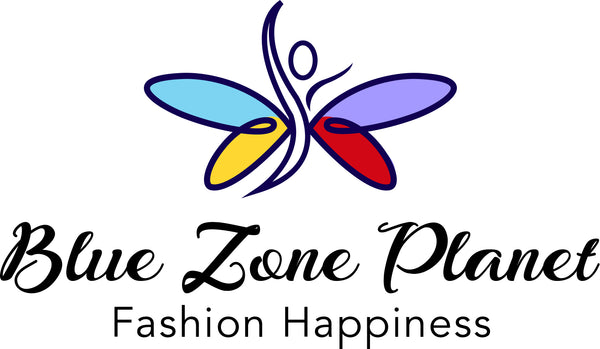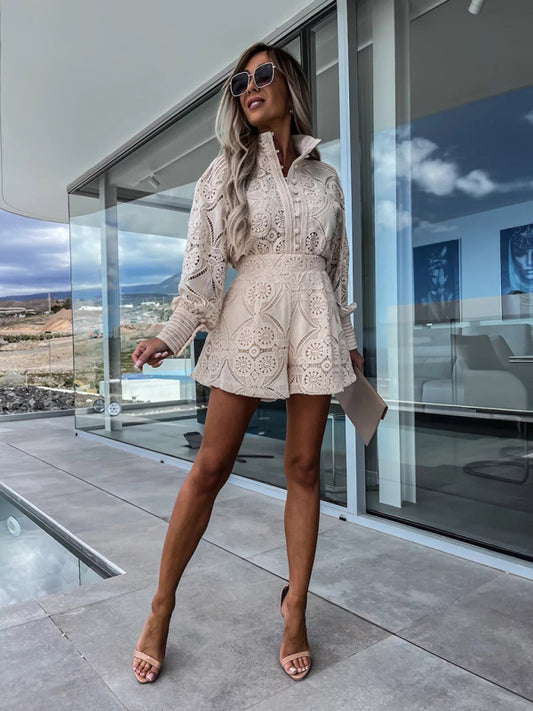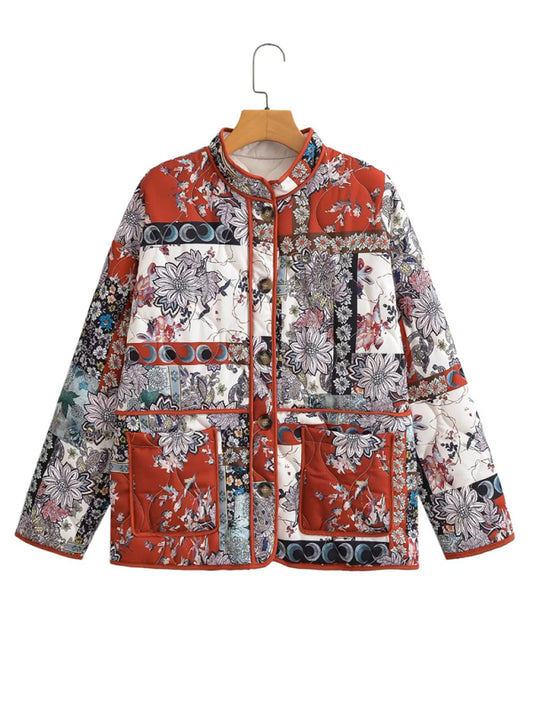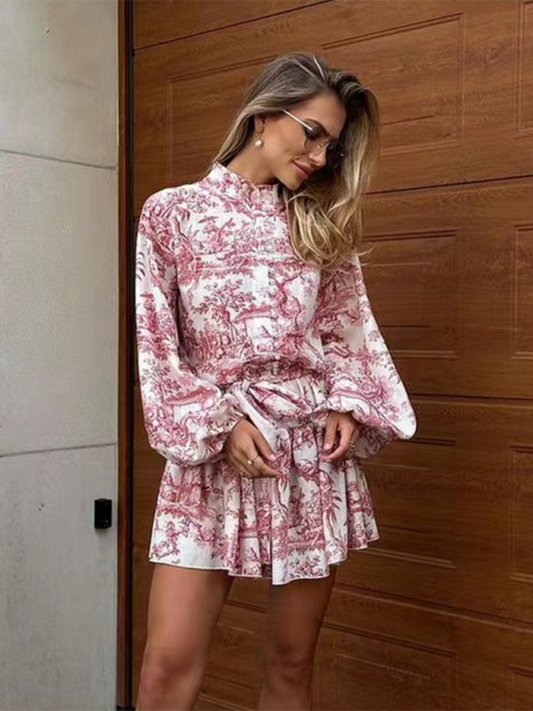The Resurgence of the Upright Collar in Women's Fashion
In the ever-evolving landscape of women's fashion, certain elements periodically resurface, reimagined for contemporary tastes. The upright collar, a design feature with historical roots, is experiencing a notable revival in modern wardrobes. This resurgence reflects a blend of nostalgia and innovation, appealing to a diverse demographic seeking both elegance and edginess.
Historical Context and Evolution
The upright collar, also known as the stand-up or mandarin collar, has traversed various cultural and temporal landscapes. Originating in East Asian attire, notably the Chinese cheongsam and the Japanese kimono, it was later adopted into Western fashion during the Victorian era. In the 1960s, the mod movement embraced the upright collar, symbolizing a break from traditional norms. Today, designers are revisiting this classic element, infusing it with contemporary aesthetics to cater to modern sensibilities.
Modern Interpretations and Versatility
Contemporary designers are reimagining the upright collar across a spectrum of garments, from structured blazers to casual blouses. This design element offers versatility, seamlessly transitioning from professional settings to casual outings. For instance, a crisp white shirt with an upright collar can exude professionalism, while a floral dress featuring the same collar style can evoke a bohemian charm. The adaptability of the upright collar allows it to complement various fabrics and patterns, making it a staple in diverse wardrobes.
Cultural Significance and Symbolism
Beyond aesthetics, the upright collar carries cultural connotations. In traditional East Asian attire, it signifies grace and formality. Its adoption into Western fashion often symbolizes a fusion of cultures, reflecting a globalized fashion industry. Moreover, the upright collar can convey a sense of empowerment and confidence, as it frames the face and elongates the neck, enhancing the wearer's presence.
Influence of Media and Celebrity Endorsement
The resurgence of the upright collar is partly attributed to its visibility in media and celebrity fashion. Public figures and influencers have been spotted donning garments with this feature, propelling it into mainstream consciousness. Fashion magazines and digital platforms have highlighted the trend, offering styling tips and showcasing its versatility. This media exposure has played a pivotal role in reintroducing the upright collar to a new generation of fashion enthusiasts.
Sustainability and Ethical Considerations
In an era where sustainability is paramount, the upright collar's resurgence aligns with a shift toward timeless fashion. Its classic appeal encourages longevity in wardrobes, countering the fast-fashion cycle. Designers are increasingly mindful of ethical production, opting for sustainable materials and fair labor practices. Consumers, in turn, are more conscientious, seeking pieces that offer both style and substance.
Conclusion
The revival of the upright collar in women's fashion exemplifies the cyclical nature of style, where historical elements are reinterpreted for contemporary audiences. Its blend of tradition and modernity, coupled with cultural significance and versatility, ensures its place in the evolving fashion narrative. As designers and consumers continue to embrace this trend, the upright collar stands as a testament to fashion's enduring ability to reinvent and inspire.





![Jose's Cardigan Upright Collar Loose Baseball Jacket-TOPS / DRESSES-[Adult]-[Female]-Olive green-S-2022 Online Blue Zone Planet](http://bluezoneplanet.com/cdn/shop/files/image_2FFSZW25768_2FFSZW25768_AG_S_NUB_2Fe31e361798bacc323f0e782ab4202e90.png?v=1722598278&width=533)

![Blue Zone Planet | Upright Collar Single Breasted Slim Puffy Short Quilted Coat-TOPS / DRESSES-[Adult]-[Female]-Brown-XS-2022 Online Blue Zone Planet](http://bluezoneplanet.com/cdn/shop/files/image_2FFSZW18251_2FFSZW18251_BR_S_NUB_2Fc6d93fa5fc0d2da0dffba92d956618fd.jpg?v=1725249133&width=533)





![Blue Zone Planet | Stand collar solid color cardigan sweater jacket-TOPS / DRESSES-[Adult]-[Female]-Blue-S-2022 Online Blue Zone Planet](http://bluezoneplanet.com/cdn/shop/files/image_2FFSZW25899_2FFSZW25899_BL_L_NUB_2F93c6528c5f9524260ff879671a195e67.png?v=1723465472&width=533)

![Blue Zone Planet | Leopard Print Stand Collar Jacket Cotton Outerwear-TOPS / DRESSES-[Adult]-[Female]-Leopard-XS-2022 Online Blue Zone Planet](http://bluezoneplanet.com/cdn/shop/files/image_2FFSZW26097_2FFSZW26097_LE_M_NUB_2F9512e70eab080965f86283bd483e655d.png?v=1724245238&width=533)





![New able stand collar solid color loose zipper knitted cardigan sweater-[Adult]-[Female]-Grey-M-2022 Online Blue Zone Planet](http://bluezoneplanet.com/cdn/shop/files/image_2FFSZW21398_2FFSZW21398_GR_M_NUB_2F88625a5cb4337c58c712c8348f48f030.jpg?v=1717015384&width=533)



![Knit Jacket Standing Collar Solid Color Cardigan Sweater-[Adult]-[Female]-Medium purple-S-2022 Online Blue Zone Planet](http://bluezoneplanet.com/cdn/shop/files/image_2FFSZW26407_2FFSZW26407_MP_S_NUB_2F473721c7b3674557810cc235d3cf6dbc.png?v=1726873104&width=533)



![Stand Collar Jacket Cardigan Women's Pocket Coat-[Adult]-[Female]-Coffee-S-2022 Online Blue Zone Planet](http://bluezoneplanet.com/cdn/shop/files/IPYAVMIA1RWROjeofZxGxTDwJJddycK5UyrMcUvX.jpg?v=1735269116&width=533)